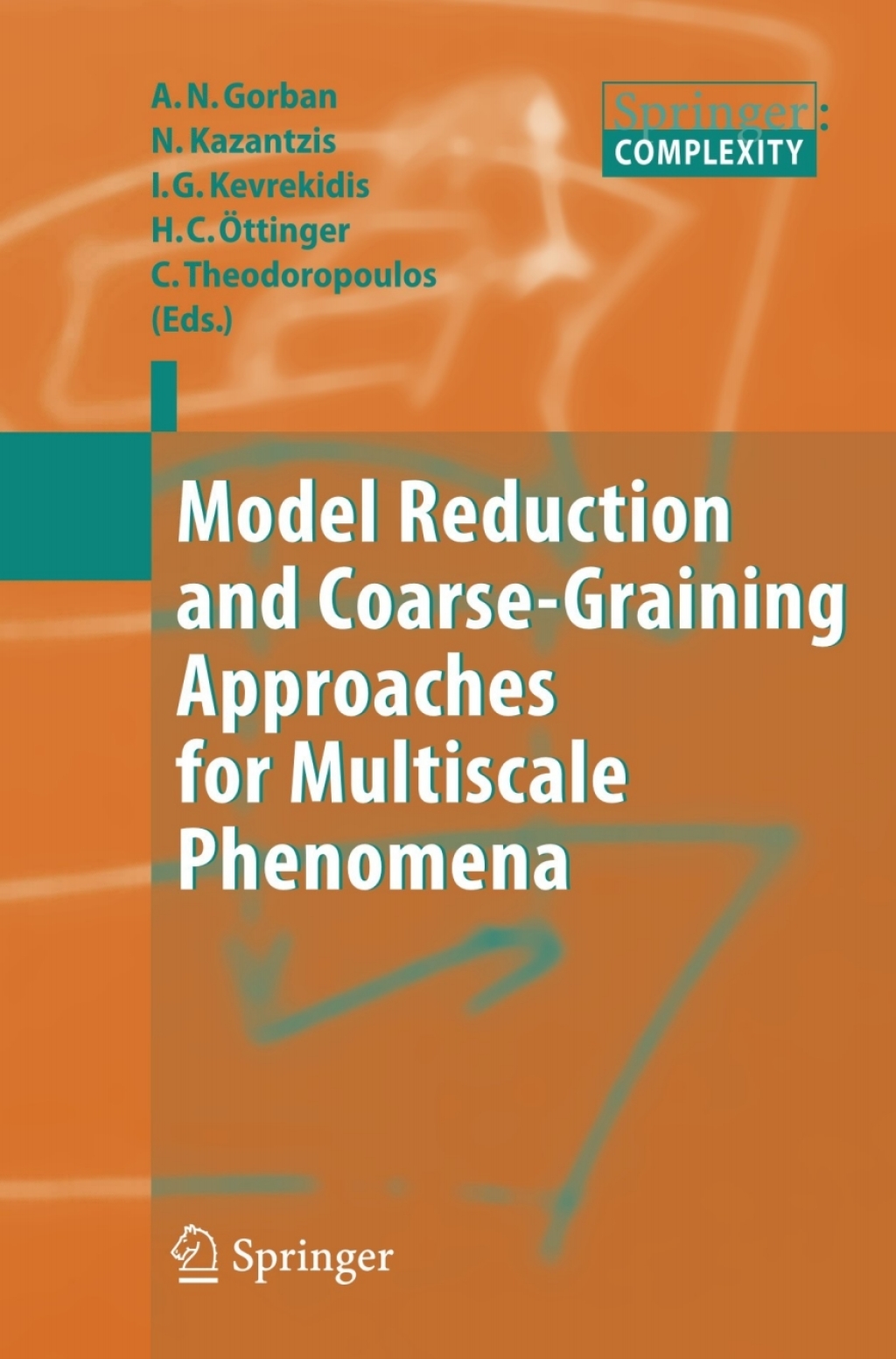This book is, of course about complexity. The title of the book, as you may recognize was motivated (excuse me for using this very mild expression) by Daniel Dennett’s Consciousness Explained [130]. Dennett’s intention was to explain consciousness as the emergent product of the interaction among c- stituents having physical and neural character. The goal of this book is to explain how various types of complexity emerge due to the interaction among constituents. There are many questions to be answered, how to understand, control, decompose, manage, predict the many-faced complexity. After tea- ing thissubjectforseveralyearsIfeelthatthe time hascome toputthe whole story together. The term “complex system†is a buzzword, but we certainly don’t have a single de?nition for it. There are several predominant features of compl- ity. Complex processes may show unpredictable behavior (which we still try to predict somehow), may lead to uncontrolled explosion (such in case of epilepsy, earthquake eruptions or stock market crashes). One of the char- teristic feature of simple systems is, that there is a single cause which implies a single e?ect. For large class of complex systems it is true that e?ects are fed back to modify causes. Biological cells belong to this class. Furthermore they are open to material, energetic and information ?ow by interaction with their environment, still they are organizationallyclosed units. Another aspect of complexity is the question how collective phenomena emerge by some se- organized mechanisms.
“Basic Immunology Functions and Disorders of the Immune System 7th Edition” has been added to your cart. View cart
Complexity Explained
Author(s): Peter Erdi
Publisher: Springer
ISBN: 9783642071430
Edition:
$39,99
Delivery: This can be downloaded Immediately after purchasing.
Version: Only PDF Version.
Compatible Devices: Can be read on any device (Kindle, NOOK, Android/IOS devices, Windows, MAC)
Quality: High Quality. No missing contents. Printable
Recommended Software: Check here










